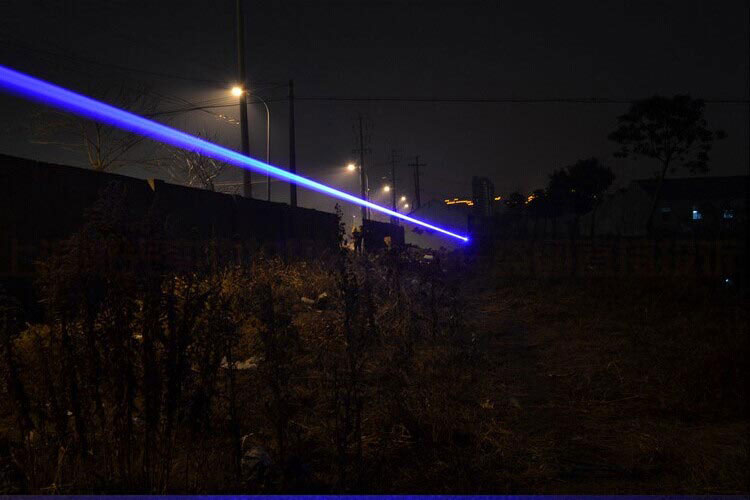| laserman123 | |
| laserman123のブログ | |
| 年代 | 30代前半 |
|---|---|
| 性別 | 男性 |
ブログライター
ブログ
| TITLE. Application of Ultrafast Laser in Cardiovascular Stent |
DATE. 2017年03月24日 16:54:28 |
THEME. Technology |
|
Materials on the general support can be divided into three generations. The first generation of traditional stents, the bare metal stent, places the metal stent in the affected area, inflates the stent with a balloon to support the blood vessel, or uses a compressed stent to expand itself. The second generation of stents in order to reduce the stent implantation stent restenosis, coated with a layer of drugs on the stent to inhibit vascular wall hyperplasia, that is, drug-coated stents, the current market for common products. As the aforementioned stent is permanent or semi-permanent, after implantation to stay in the place, in the future to re-implant the stent, need to find another place. Therefore, the third generation of biodegradable stent came into being, the degradation of the material in the human body will be dissolved, the stent implantation will gradually decompose, about six months to a year the stent will lose the main structure, when the blood vessels have been repaired, No need for stent. Two years after the stent was absorbed exhausted, leaving no trace. The brackets are manufactured by high power laser pointer cutting, plasma cutting, EDM, photolithography, weaving, casting, electroforming, and 3D printing. Among them, the laser cutting of the stent is of good quality, high degree of automation, and low cost, laser cutting has become the main mode of production of the bracket. The stent is a complex and sophisticated medical product that needs to meet multiple requirements at the same time. The ideal stent has good mechanical properties that can be compressed, expanded and sufficient to hold up the hypertrophy of the blood vessels. The stent also requires proper smoothness to coat the drug and allow the vascular cells to adhere. Good corrosion resistance and biocompatibility are also essential for stent. In addition, the stent requires good developability so that the medical personnel can locate and track the stent. If the 30mw green laser cutting of the bracket, the surface can not leave burrs or slag and sharp corners, to avoid damage to blood vessels. In the above properties, the manner in which the stent is manufactured affects the mechanical and surface profile is extremely important, so the qualified stent requires a high level of manufacturing technology. Today's mainstream stent cutting using microsecond fiber laser, but because the laser processing itself is hot, with the laser will melt the metal and then high-pressure gas blowing, not only after processing will leave a lot of slag, burr, processing heat Easy to oxidize the surface of the stent to brittle, the residual thermal stress will also cause micro-cracks and reduce the mechanical properties. Therefore, the fiber laser processing of the stent requires a series of post-processing, including cleaning, grinding, pickling, passivation, to the final electrochemical polishing, cumbersome and time-consuming process. These subsequent treatment will also consume part of the stent, the final yield is only about Qi Cheng, about three percent of the loss means a huge loss. In contrast, the use of ultra-fast 10 watt laser pointer cutting bracket makes the subsequent processing a lot easier. Ultra-fast laser, or ultra-short pulse laser, the pulse width of only 10 picoseconds (10-12 seconds) to hundreds of femtoseconds (10-15 seconds), can be almost no heat effect of the "cold" processing. Unlike the microsecond laser's melting mechanism, ultra-fast laser ultra-short pulse width of the high peak power will produce multi-photon absorption, the material slightly through the melting process of direct evaporation. So ultra-fast laser can be relatively low energy processing materials, no residual heat, no residue left on the material, to achieve high precision and clean processing. Ultra-fast laser cutting bracket, you can omit many subsequent processes, in general, clean the stent can be directly electrochemical polishing. As the process simplifies, the yield can be increased to more than Jiucheng. Can not cut the small size of the bracket is another disadvantage of fiber laser. Due to the thermal effect of the fiber 500mw laser pointer, when the diameter of the tube is too small or the wall thickness is too thin, the heat of the laser processing is easy to gather together. Once the cutting pattern is complex (such as the bracket), a strong thermal effect can seriously affect the nature of the stent, even if the post-processing can not meet the quality of the aforementioned stent. In general, the fiber laser cutting bracket has a limitation of about 2 mm and a wall thickness of 200 μm. Because there is no thermal effect, ultra-fast laser cutting limit is very small, can reach the diameter of 400μm below the wall thickness of tens of microns size. Another limitation of fiber laser is easy to hit the inner wall. As the fiber laser needs high power enough to cut through the wall, so that light can continue to move forward to the opposite side of the tube wall. Even if the laser has diverged, the high luminous flux of the fiber kids laser pointer is still higher than the material damage threshold, enough to damage the inner wall. The inner wall of the wound will not only reduce the mechanical properties, but also weaken the stent corrosion resistance. Ultra-fast laser power is small, when the laser cut through the wall after the divergence to reach the opposite wall, the luminous flux has been less than the injured wall, so will not reduce the stent performance. http://laserman.bcz.com/2017/03/23/high-strength-protective-glass/ |
||
| TAG. laser | ||
| Area. 神奈川県横浜市保土ケ谷区釜台町 | ||

















コメント
コメント:0件
コメントはまだありません